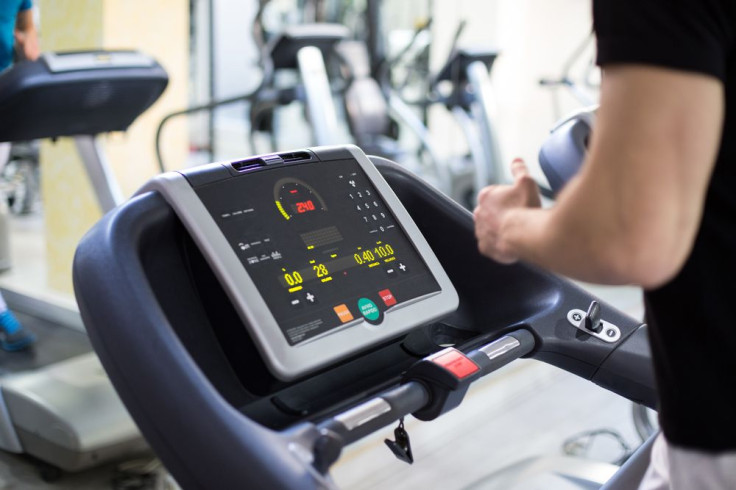Treadmill Stress Test Can Predict The Likelihood Of You Dying Within The Next Decade

A common misconception surrounding heart health is that people who are in good shape have nothing to worry about when it comes to cardiovascular disease. So what other factors related to our health can we use to assess our likelihood of a premature death? Researchers from Johns Hopkins Medicine have developed a new algorithm, dubbed the FIT Treadmill Score, that can accurately predict a person’s risk for dying in the next 10 years simply by using math and a treadmill.
“The FIT Treadmill Score is easy to calculate and costs nothing beyond the cost of the treadmill test itself,” Dr. Michael Blaha, director of clinical research at the Johns Hopkins Ciccarone Center for the Prevention of Heart Disease, said in a statement. “We hope the score will become a mainstay in cardiologists and primary clinicians’ offices as a meaningful way to illustrate risk among those who undergo cardiac stress testing and propel people with poor results to become more physically active.”
Blaha and his colleagues analyzed data from 58,020 residents of Detroit, Mich., between the age of 18 and 96. Participants were asked to complete standard exercise stress tests between 1991 and 2009, which evaluated chest pain, shortness of breath, fainting, or dizziness. Metabolic equivalents (METs), a measure of how much energy the body uses up during exercise, were used to calculate each participant’s ability to tolerate physical exertion. Researchers tracked how many participants from each fitness level died over the course of 10 years and what caused their death.
The FIT Treadmill Score is calculated using the patient’s age, gender, fitness level measured by METs, and peak heart rate reached during exercise. Researchers found these four factors to be the greatest predictors of mortality risk. After the research team accounted for other important variables, such as diabetes and family history of premature deaths, they determined fitness level to be the single most important predictor of death and survival.
“The notion that being in good physical shape portends lower death risk is by no means new, but we wanted to quantify that risk precisely by age, gender, and fitness level, and do so with an elegantly simple equation that requires no additional fancy testing beyond the standard stress test,” said Dr. Haitham Ahmed, a cardiology fellow at the Johns Hopkins University School of Medicine.
FIT Treadmill Scores ranged from negative 200 to positive 200 — participants over 0 had a lower mortality risk while participants under 0 has a higher mortality risk. Participants with a score between negative 100 and 0 had an 11 percent risk for dying in the next 10 years compared to three percent among participants with a scare between 0 and positive 100. Participants with a score lower than negative 100 had a 38 percent mortality risk compared to two percent among those who scored positive 100 or higher.
“Stress test results are currently interpreted as ‘either/or’ but we know that heart disease is a spectrum disorder,” Ahmed added. “We believe that our FIT score reflects the complex nature of cardiovascular health and can offer important insights to both clinicians and patients. We hope that illustrating risk that way could become a catalyst for patients to increase exercise and improve cardiovascular fitness.”
Current exercise-based risk scoring systems, such as exercise stress tests which are used to decide who needs invasive cardiac testing and treatment, are often expensive and require additional tests, like electrocardiograms (EKGs). The FIT Treadmill Score, on the other hand, is less costly and the only equipment it requires is a treadmill. The Johns Hopkins research team believes their algorithm should be utilized by millions of patients who undergo cardiac stress testing in the United States each year.
Source: Al-Mallah M, Ahmed H, Blaha M, et al. Maximal Exercise Testing Variables and 10-Year Survival: Fitness Risk Score Derivation From the FIT Project. Mayo Clinic Proceedings. 2015.



























